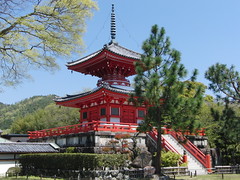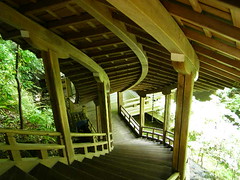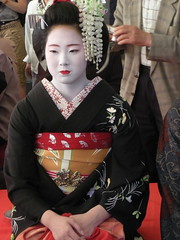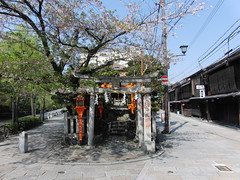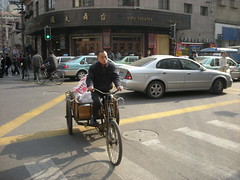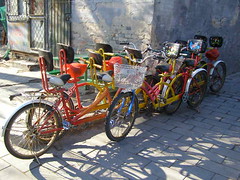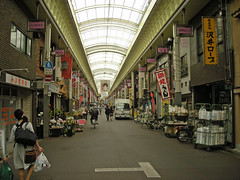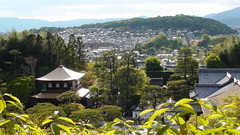
ワールド・バイサイクル・リリーフ
CycleKyoto recently read about an amazing organization doing brilliant work under the harshest conditions.
World Bicycle Relief donates bikes to people in the poorest of countries so that they can go to school, work, and live.
More information can be found
here.
Here is a short mission statement:
OUR MISSION: EMPOWERING PEOPLE
Simple, sustainable transportation is an essential element in disaster assistance and poverty relief. Bicycles fulfill basic needs by providing access to healthcare, education and economic development. Bicycles empower individuals, their families, and their communities.
Our mission is to provide access to independence and livelihood through The Power of Bicycles.
World Bicycle Relief was founded in 2005 by SRAM Corporation and Trek Bicycle in response to the December 2004 tsunami that swept the Indian Ocean. In partnership with World Vision Sri Lanka, this project provided more than 24,000 locally manufactured bicycles to carefully selected men, women and children in greatest need. The $1.5 million Project Tsunami initiative dramatically accelerated their recovery from this brutal disaster, thanks to funding raised through the bicycle industry, foundations and individual contributors.
As part of its commitment, World Bicycle Relief retained an independent organization to measure the impact of Project Tsunami. Two years after the project was complete, the results are outstanding:
88% of recipients depend on bicycles for livelihood activities
Bicycles can save a household up to 30% of its annual income for transportation costs
The bicycle program provided critical, appropriate transportation enabling households to resume important livelihood, education and service activities.
World Bicycle Relief
CycleKyoto Home Page
Tags
Japan
Touring
Kyoto
Cycle
World Bicycle Relief
 カッコいい京都自転車
カッコいい京都自転車

